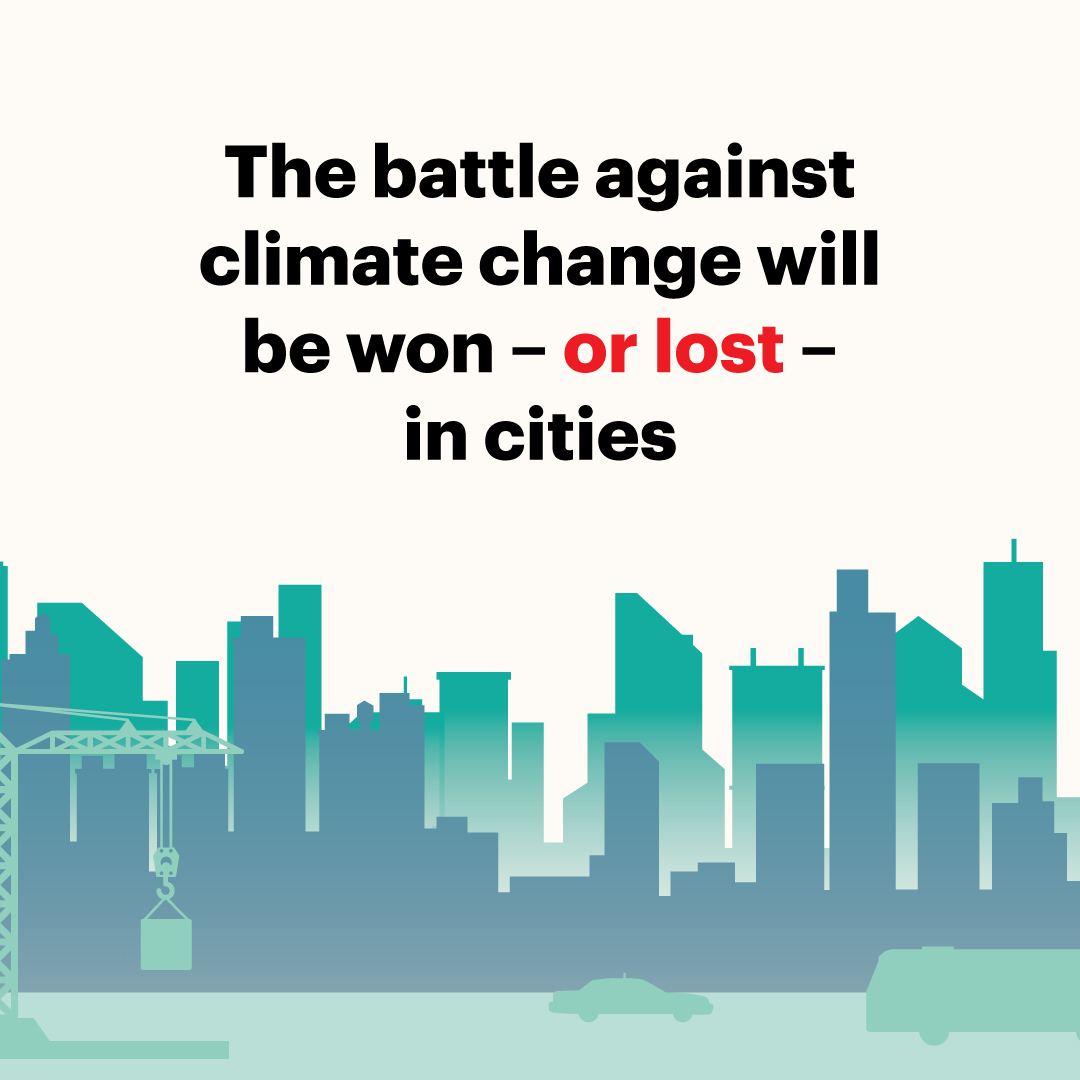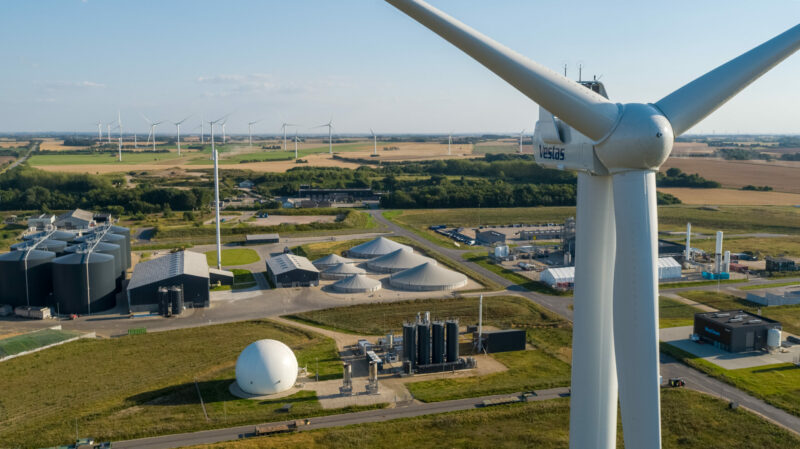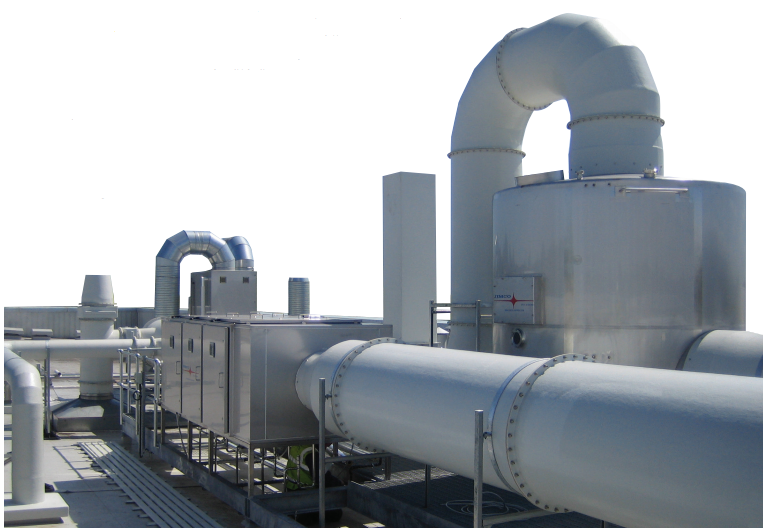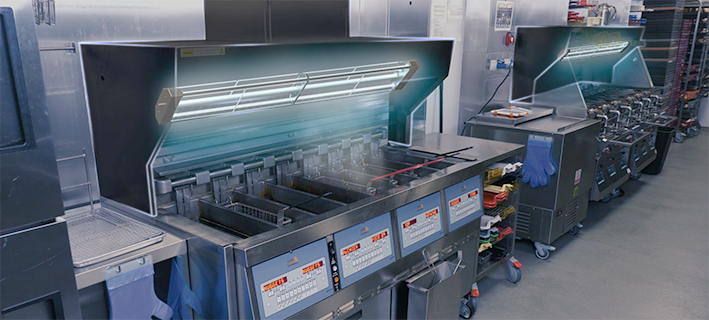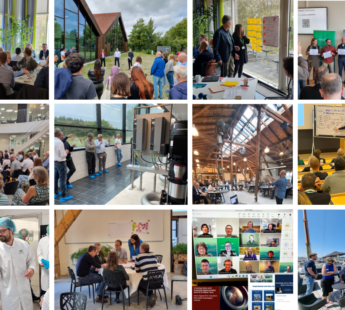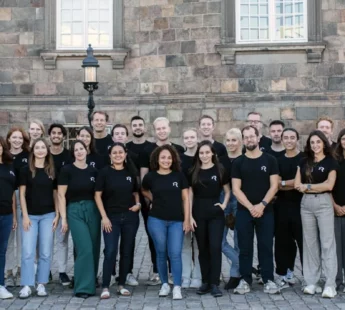Key takeaways:
Only got 2 minutes? These are the key takeaways:
Energy efficiency
If all urban areas and cities in Europe, the US, and China invested in energy-efficient heating and cooling of buildings, this would contribute 20% to the 1.5°C target of the Paris Agreement. Reducing energy waste is possible across sectors and the technologies to do this are already accessible.
Electrification of urban transport
Electrification of urban transport needs a drastic acceleration. Similarly, an urgent political focus on the potential of electrifying the whole transport sector – including both maritime transport and heavy vehicles – is pivotal. If all urban areas in Europe, the US, and China electrified their private and public transport, this would contribute 28% to the 1.5°C target of the Paris Agreement. As we will see, technology for the electrification of cars, buses, and trucks, as well as marine equipment and transport such as city boats, ferries, cranes, etc. already exist.
Sector integration
Sector integraton is an enabler of energy efficiency and electrification and can together with the build-out of renewables decarbonize the power supply to cities. In urban areas, the high density of buildings, infrastructure, and services makes it possible to connect urban energy-consumers with energy-producers and convert and store energy. Supermarkets, data centers, and wastewater facilities can all be turned from heavy energy consumers into energy suppliers.
Implementation
Implementation of existing technology for buildings, transport, and sector integration can bridge half the gap in the urban GHG emissions reductions needed for a 1.5°C pathway.
Discover the White Paper
